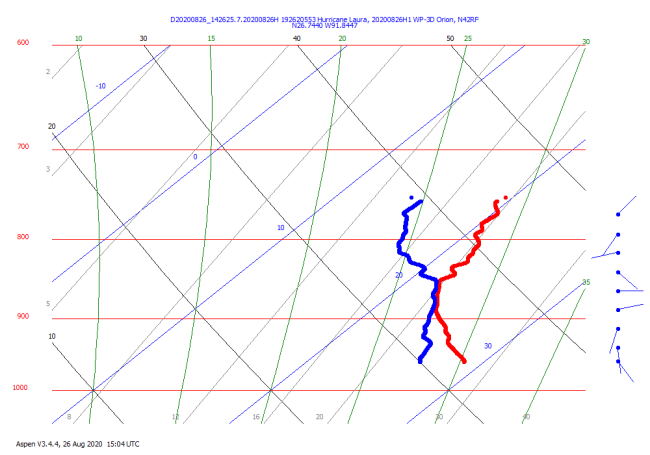CSU Machine Learning Model Helps Forecasters Improve Confidence in Storm Prediction
Russ Schumacher, professor in the Department of Atmospheric Science and Colorado State Climatologist, has led a team developing a sophisticated machine learning model for advancing skillful prediction of hazardous weather across the continental United States.




